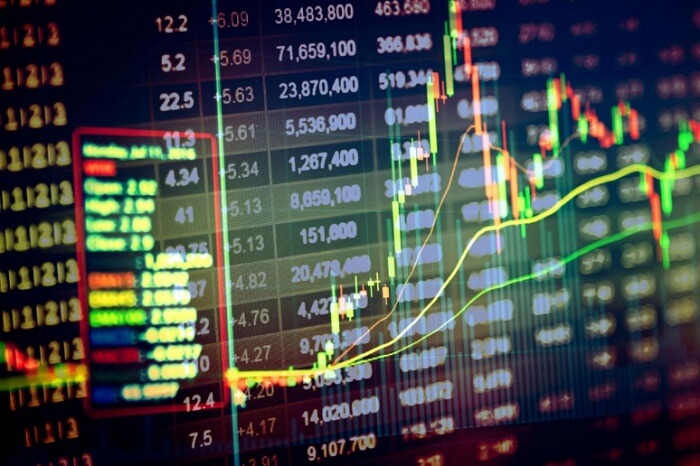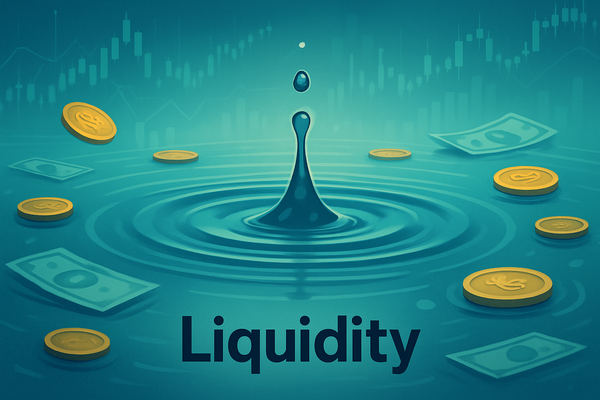Market liquidity determines how easily assets can be bought or sold without affecting their price, shaping trading efficiency and costs.
Introduction
Market liquidity describes how quickly and efficiently assets can be converted into cash or traded in the market without causing significant price changes.
Highly liquid markets allow traders to enter and exit positions easily, while illiquid markets often lead to wider spreads and price volatility.
Definition

Market liquidity refers to the depth and activity of buyers and sellers in a financial market.
A liquid market has many participants and high trading volume, which ensures smoother transactions and stable prices.
Forex, major stock exchanges, and government bond markets are examples of highly liquid markets, while small-cap stocks or exotic currency pairs tend to be less liquid.
How Market Liquidity Works
A trader places an order to buy or sell an asset.
The market’s order book checks for matching buyers or sellers.
If there are many active participants, the order fills quickly at or near the quoted price.
If there are few participants, the trade may take longer or execute at a less favorable price.
Liquidity is influenced by factors like market size, trading volume, economic conditions, and investor confidence.
Example
Think of liquidity like the smoothness of a market. In highly liquid markets, you can buy or sell instantly without moving the price much.
For example, when you trade a major pair like EUR/USD or USD/JPY, your order usually fills within a split second at nearly the exact price you see, where the spread might be just 0.1 to 0.3 pips. That’s because millions of traders and institutions are active in those pairs every second.
Now compare that to a thinner market, like USD/TRY (U.S. dollar vs Turkish lira) or EUR/ZAR (euro vs South African rand). There are fewer buyers and sellers, so prices don’t move as smoothly.
The spread could jump to 20 pips or more, and large trades might cause slippage or partial fills.
That’s the difference between trading on a highway full of traffic flow (high liquidity) versus a quiet back road (low liquidity), both get you somewhere, but one is much faster and more efficient.
Related Terms
Liquidity Providers: Institutions or brokers supplying buy/sell quotes in liquid markets.
Bid-Ask Spread: The price difference between buying and selling, narrower in liquid markets.
Market Depth: The number of buy and sell orders at different price levels.
Volume: The total number of transactions or traded units in a specific period.
Frequently Asked Questions (FAQ)
1. What causes a market to lose liquidity?
Liquidity can decrease during economic uncertainty, major news events, or when large players withdraw from trading.
2. Why is market liquidity important for traders?
High liquidity helps traders enter or exit positions quickly without significant price impact.
3. How can traders identify liquid markets?
Look for markets with high daily trading volumes, tight spreads, and many active participants, like major forex pairs or blue-chip stocks.
Summary
Market liquidity reflects the ability to trade assets efficiently without major price changes.
Liquid markets, such as forex and major stock exchanges, offer tighter spreads and faster execution.
Understanding liquidity helps traders manage costs and risk more effectively, especially during volatile market conditions.
Disclaimer: This material is for general information purposes only and is not intended as (and should not be considered to be) financial, investment or other advice on which reliance should be placed. No opinion given in the material constitutes a recommendation by EBC or the author that any particular investment, security, transaction or investment strategy is suitable for any specific person.






















